Remember those rectangle-shaped pizzas and mystery meats that somehow made it past FDA inspection? School cafeterias in the 1980s were bizarre culinary laboratories where nutrition guidelines seemed optional and food could bounce without breaking. Before parents became ingredient-conscious and schools hired actual chefs, we ’80s kids consumed some truly questionable concoctions that would make today’s farm-to-table generation recoil in horror.
1. Rectangle Pizza

Nothing said “gourmet ’80s school lunch” quite like those perfectly rectangular slices of pizza with microscopic cubes of pepperoni. These architectural marvels featured a crust with the structural integrity of cardboard and cheese that stretched like rubber bands when you took a bite. The sauce existed in a quantum state of being simultaneously too sweet and completely flavorless. Slurrp takes a big bite out of this food’s international background.
Teachers somehow convinced us this was actual pizza despite bearing zero resemblance to anything you’d find at an actual pizzeria. The most puzzling part was how they managed to make something containing cheese, tomato sauce, and bread—three universally beloved ingredients—taste like something assembled in a chemistry lab instead of a kitchen. Yet every Friday, we’d line up eagerly for our cardboard square of “Italian cuisine.”
2. Salisbury Steak
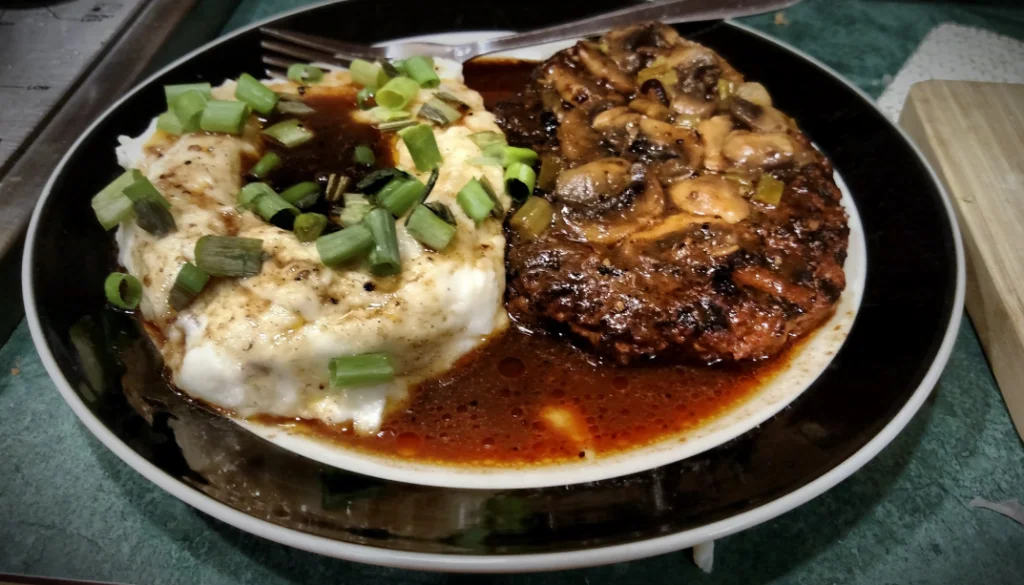
The ’80s cafeteria version of Salisbury steak remains a culinary mystery that food scientists still cannot explain. This oval-shaped meat patty came swimming in brown gravy that had the consistency of motor oil but none of the flavor. The patty itself contained mysterious chunks that no one dared question, creating a meat-adjacent experience rather than an actual beef dish. Smithsonian Museum explores the high-intensity origins of this culinary classic.
These steaks were typically served with instant mashed potatoes formed into perfect ice cream scoop shapes that could hold their form for hours without collapsing. The entire meal came on a compartmentalized tray where the gravy inevitably breached its designated area, creating a brown flood that turned everything on the plate into a soggy mess. Somehow, despite having the appearance of dog food, many of us secretly enjoyed this brown-on-brown culinary masterpiece.
3. Fish Stick Fridays
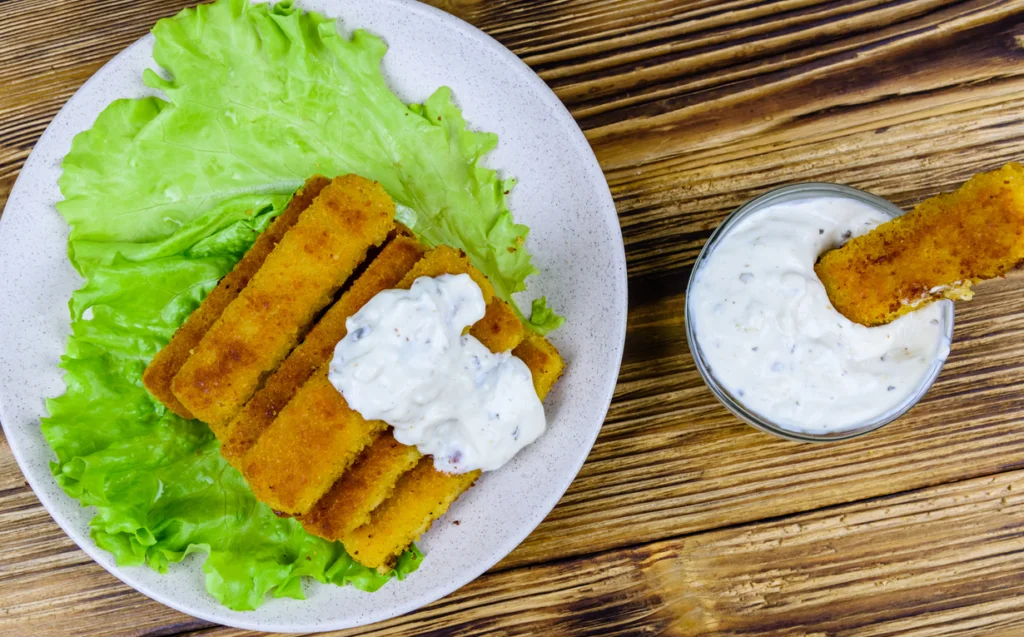
During Lent, Catholic schools and fish-conscious cafeterias across America served up rectangular fish sticks that contained trace amounts of actual fish. These golden-brown mysteries had a distinctive aroma that would permeate the hallways, warning students of their impending presence hours before lunch. The exterior promised crispness but delivered a strange sogginess that defied the laws of food physics. Hakai Magazine notes that the success of this dish altogether is quite unexpected.
Inside lurked a paste-like substance that bore only a passing resemblance to any aquatic creature. Typically served with a side of tartar sauce in tiny plastic cups, these fish sticks were the ultimate test of a child’s hunger levels—if you were willing to eat them, you were truly famished. The most puzzling aspect was how they managed to eliminate every trace of actual fish flavor while maintaining just enough fishy aroma to repel the weak-stomached students.
4. Sloppy Joes on Soggy Buns
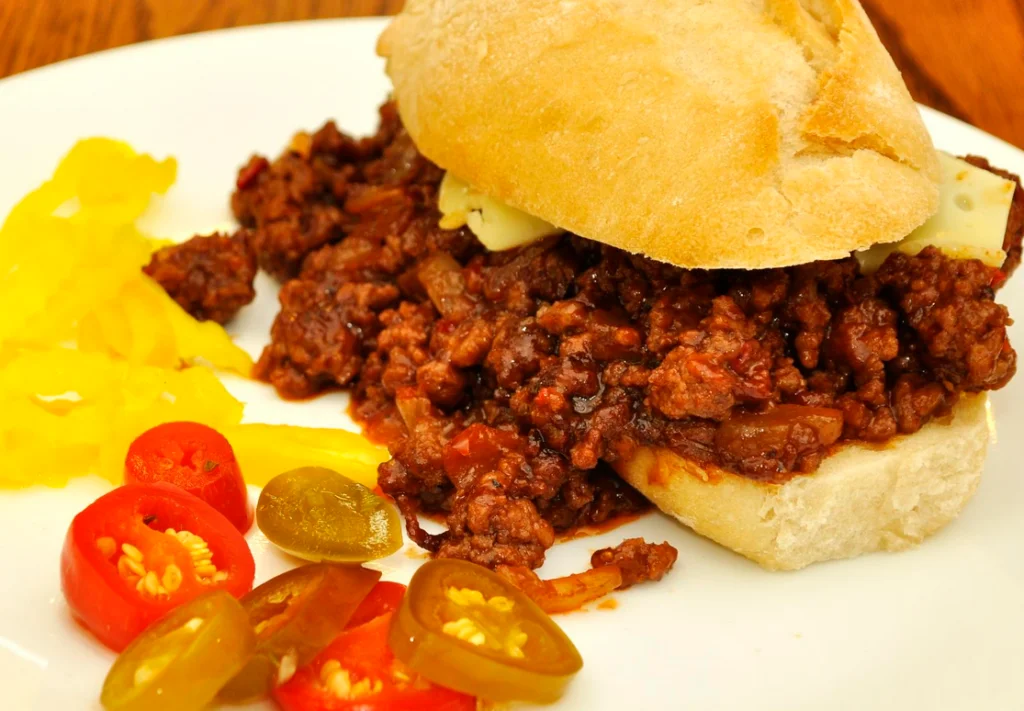
These meat-based sandwiches taught ’80s kids valuable lessons about the laws of fluid dynamics. The mysteriously sweet ground beef mixture would immediately soak through the bottom half of the white bun, creating a structural failure that inevitably led to meat sliding onto your lap. The meat itself contained tiny, unidentifiable crunchy bits that everyone pretended not to notice.
Cafeteria workers served these architectural disasters with a straight face and an ice cream scoop, plunking a perfect hemisphere of meat onto each waiting bun. The taste wasn’t actually terrible—a sweet, tangy flavor that somehow appealed to young palates—but the engineering flaws made eating them an extreme sport. Many children developed their own Sloppy Joe consumption techniques, including the “flip method” (eating them upside down) and the “fork first” approach for the truly sophisticated.
5. Chili and Cinnamon Rolls
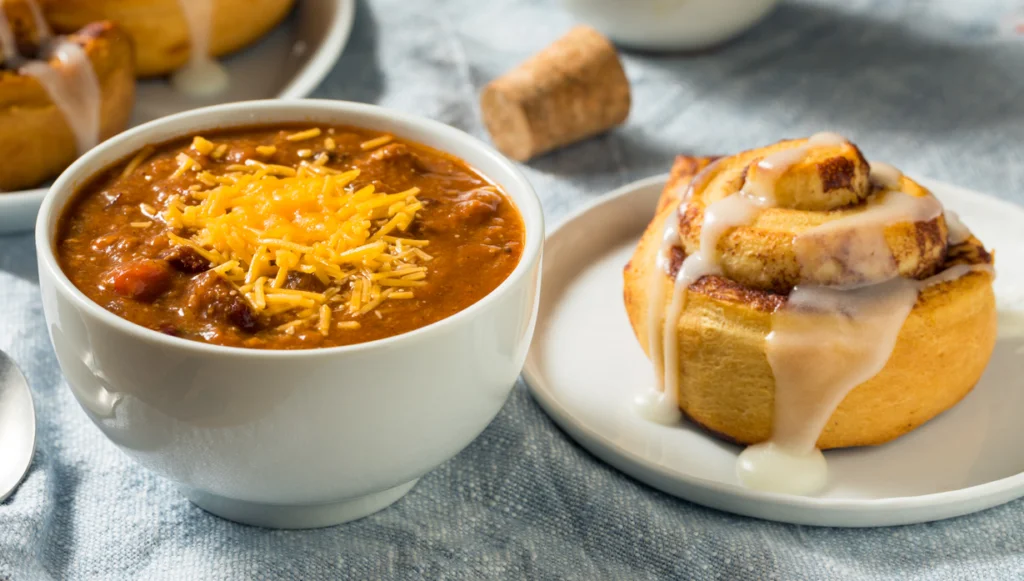
This bizarre pairing remains one of the most psychologically confusing menu offerings in school cafeteria history. Serving spicy, bean-filled chili alongside sweet, frosted cinnamon rolls created a culinary cognitive dissonance that somehow worked for ’80s taste buds. The chili itself contained bean-to-meat ratios that fluctuated wildly depending on the school budget that month.
The cinnamon rolls came drenched in a white icing that hardened into a sweet shell, creating a delightful contrast to the savory, sometimes alarmingly spicy chili. Many students developed their own rituals around this meal, either strictly separating the two components or, more controversially, dipping the cinnamon roll directly into the chili—a practice that created fierce playground debates about proper eating techniques. This sweet-savory combination remains nostalgically beloved despite making absolutely no nutritional or culinary sense.
6. Tater Tot Casserole
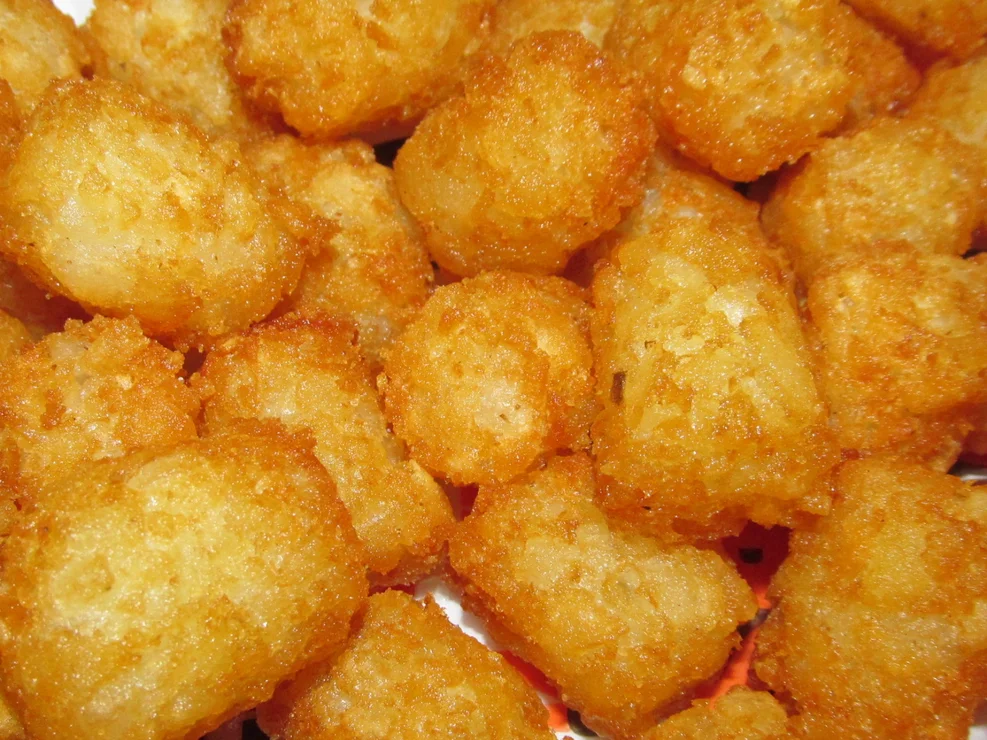
This ’80s cafeteria staple combined frozen tater tots, canned cream of mushroom soup, and ground meat of indeterminate origin into a beige masterpiece. The casserole arrived at the lunch table as a scoop-shaped mass where the once-crispy tater tots had surrendered completely to the creamy soup base. The signature feature was the mysteriously crispy top layer that somehow formed despite being steamed under cafeteria heating lamps.
What made this dish truly special was its temperature gradient—nuclear hot on the outside while maintaining a frozen center that defied the laws of thermodynamics. Despite its questionable appearance, kids fought over the corner pieces that had extra crispiness and the highest tot-to-sauce ratio. This dish reflected America’s 1980s obsession with casseroles that could be prepared in advance and held at serving temperature for approximately seventeen years without noticeable degradation.
7. Chef’s Surprise
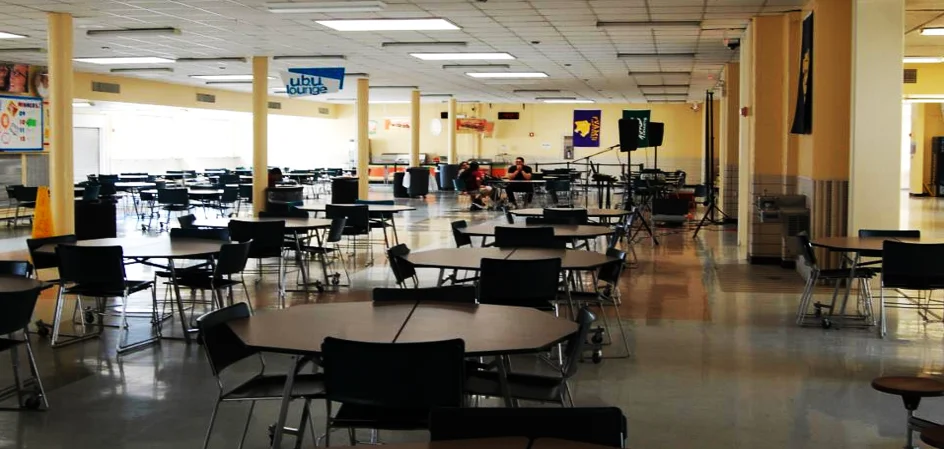
Nothing struck fear into the hearts of ’80s schoolchildren quite like seeing “Chef’s Surprise” on the weekly menu. This conveniently vague title allowed cafeteria staff to serve whatever food-adjacent substances they had left over from previous meals, combined into new and terrifying forms. The surprise often involved previously served meats diced into unrecognizable pieces and suspended in gravy or cream sauce of uncertain origin.
These culinary mystery tours typically arrived with a side of canned green beans that had been cooking since the Reagan administration took office. The truly clever students learned to decode the “Chef’s Surprise” scheduling pattern, noting it usually appeared the day after hamburger day, incorporating all the leftover patties that hadn’t found homes in student stomachs. Despite the ominous name, some versions of Chef’s Surprise were surprisingly edible, teaching ’80s kids valuable lessons about keeping an open mind.
8. Mexican Pizza
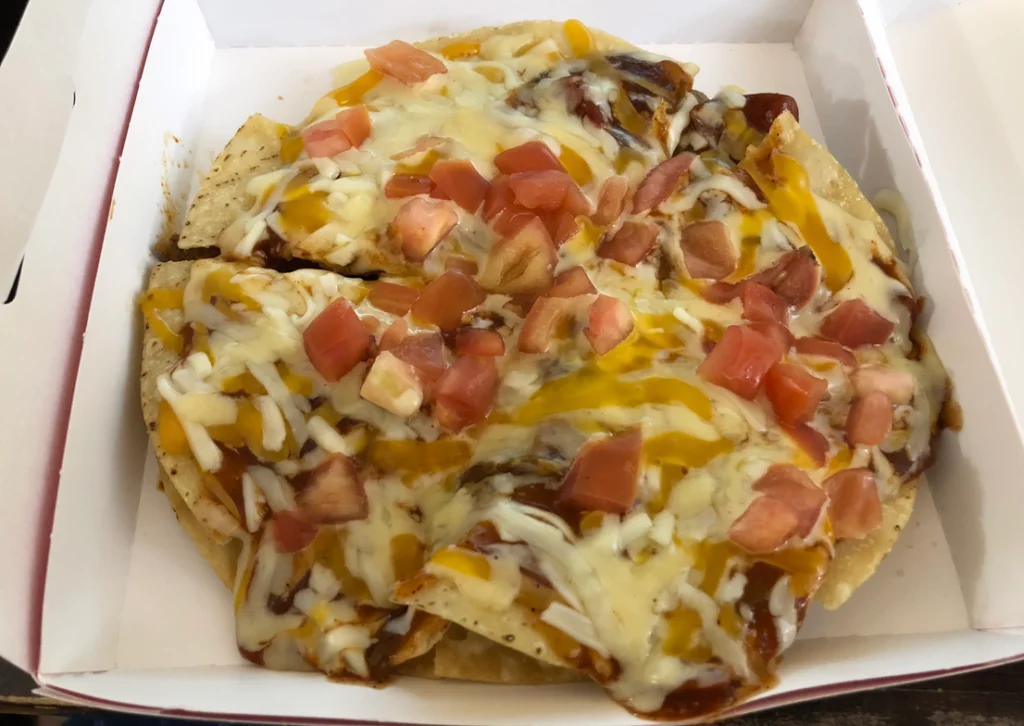
This cultural appropriation disaster bore absolutely no resemblance to anything actually Mexican or, for that matter, pizza. The “Mexican Pizza” consisted of two flour tortillas with a layer of refried beans and ground meat between them, topped with mild red sauce and a light dusting of yellow cheese product. The entire creation was cut into triangles, completely falling apart when you tried to pick it up.
The beans came from industrial-sized cans and had the consistency of spackling paste, while the meat contained seasoning that hinted at having once been in the same room as a packet of taco spice. Despite these shortcomings, Mexican Pizza day was eagerly anticipated, representing one of the more flavorful options in the beige-food dominant cafeteria landscape. This dish taught an entire generation of Americans completely incorrect expectations about Mexican cuisine that many are still unlearning today.
9. Chicken Nuggets of Mystery
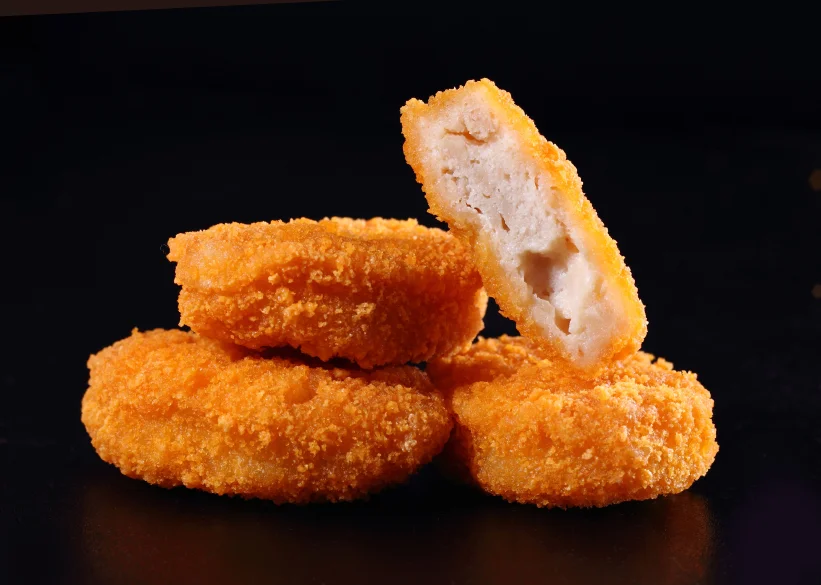
While modern chicken nuggets at least attempt to contain identifiable chicken meat, the ’80s versions were more conceptual interpretations of poultry. These uniformly shaped meat approximations came in dinosaur, star, or simple circle forms, with an interior texture suggesting they contained more air than chicken. The breading had an unnatural orange hue that left a greasy film on fingers and cafeteria trays alike.
Each nugget required strategic planning to dip into the tiny portion cups of barbecue or honey mustard sauce without causing structural failure of the entire nugget. Despite knowing deep down that these contained questionable ingredients, children devoured them with enthusiasm, often trading desserts for extra nuggets. The greatest mystery was how they achieved that distinctive smell that was simultaneously appetizing and concerning—a paradox of food science that modern culinary technology has thankfully eliminated.
10. Hamburger Gravy Over Everything
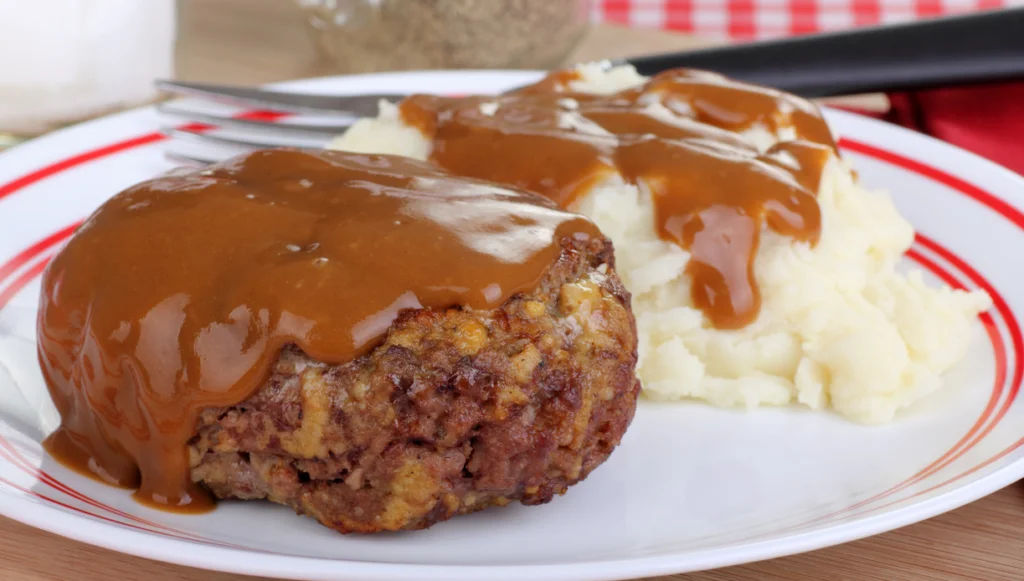
This culinary abomination consisted of ground beef suspended in gelatinous brown gravy, served over literally anything the cafeteria had available. Most commonly, this meat slurry appeared atop slices of white bread that immediately dissolved into a pasty mush, creating a texture experience best described as “pre-chewed.” On more ambitious days, the gravy would appear over instant mashed potatoes or, in truly desperate times, rice that had been cooked to a consistency approaching wallpaper paste.
The remarkable feature of this dish was its ability to make everything it touched taste exactly the same—like salt, brown, and regret. Despite its unappetizing appearance and questionable texture, hamburger gravy day had its fans, particularly among children who preferred their food without defining characteristics or nutritional value. The dish represented ’80s cafeteria cooking at its most efficient—when one pot could transform yesterday’s hamburger patties into today’s suspension of meat particles.
11. Corn Dog Thursdays
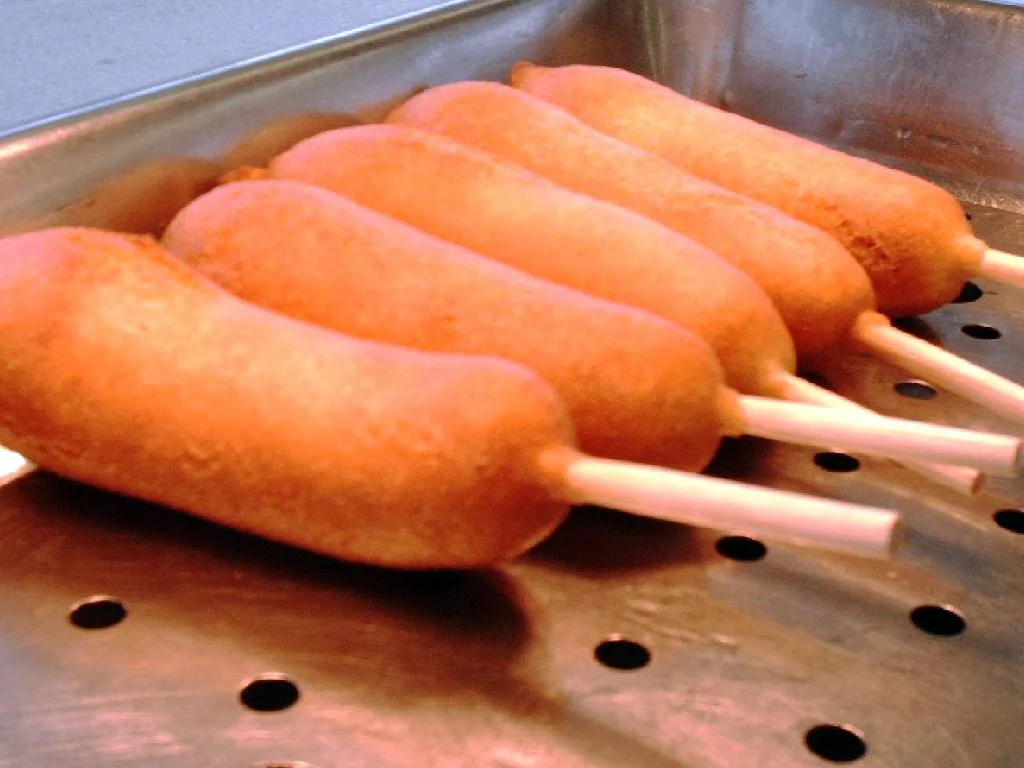
These battered hot dogs on sticks represented the pinnacle of ’80s processed food technology. The exterior cornbread coating had the structural properties of concrete while maintaining a puzzling interior sogginess where it met the hot dog. The hot dogs themselves were suspiciously red and contained meat byproducts that no one dared investigate too closely.
What made cafeteria corn dogs truly special was their temperature management—the stick remained cool while the cornbread exterior reached temperatures that could cause second-degree burns, all while the hot dog inside somehow remained refrigerator-cold. The cafeteria version came served with a side of canned corn, creating a corn-on-corn experience that nutritionists would later cite when revamping school lunch programs. Despite these flaws, corn dog day saw the lowest number of brown-baggers, proving that even questionable food on a stick held irresistible appeal for ’80s children.
12. Green Bean Casserole Abomination
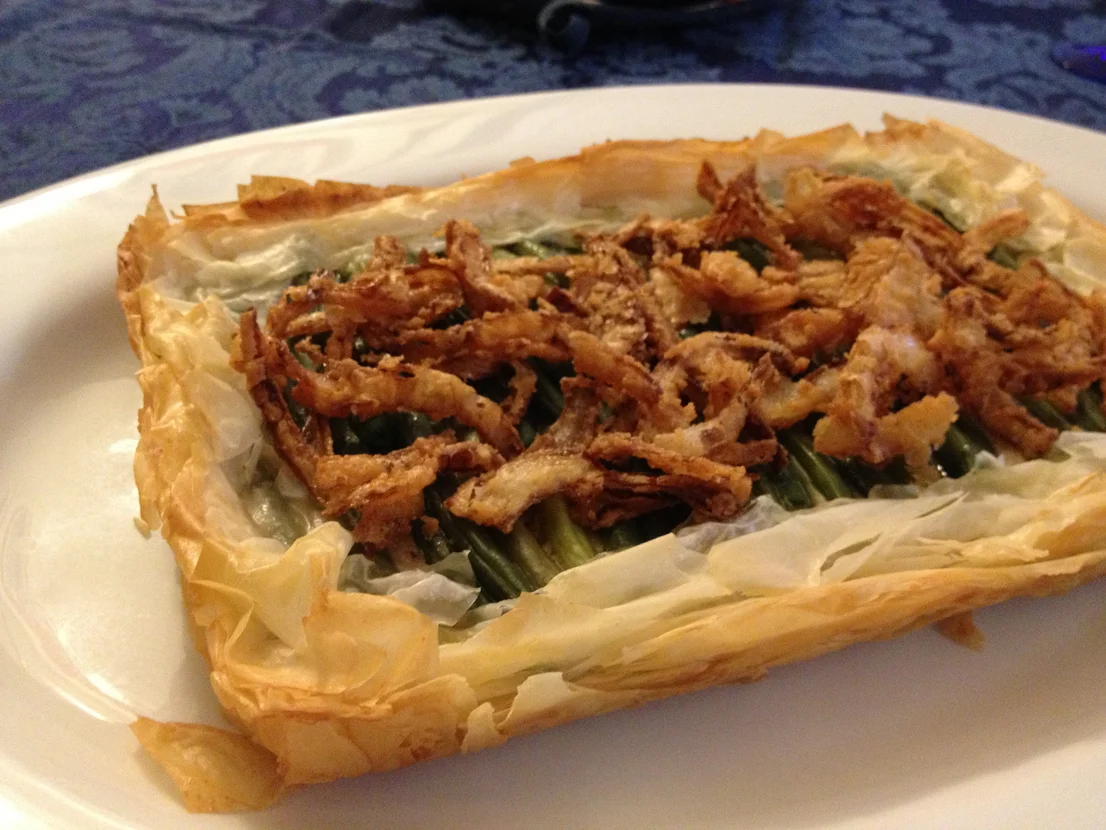
This side dish defied all sensory expectations with its unique combination of textures and non-flavors. Overcooked canned green beans formed the base, swimming in a grayish cream sauce that was supposedly mushroom-based but tasted primarily of salt and metal. The entire creation came topped with dehydrated onion bits that absorbed all available moisture without actually becoming crispy.
Cafeteria workers served this side dish with ice cream scoops, creating perfect domes of bean mixture that maintained their shape even when tipped sideways—a phenomenon that should be impossible for properly prepared vegetables. The truly peculiar aspect was how the beans managed to be simultaneously mushy and stringy, creating a textural paradox that confused young palates. Despite being technically a vegetable dish, this casserole contained enough sodium and processed ingredients to counteract any potential nutritional benefits.
Looking back, it’s remarkable that an entire generation survived these cafeteria experiments without developing strange food aversions or nutritional deficiencies. These meals represent a unique period in American food history before childhood nutrition became a priority and when government surplus commodities dictated menu planning. While today’s school lunches might feature quinoa bowls and locally sourced vegetables, those of us who survived the great ’80s cafeteria experiment share a bond forged in rectangular pizza and mystery meat—culinary battle scars that somehow transformed into fond memories of simpler, if less flavorful, times.


